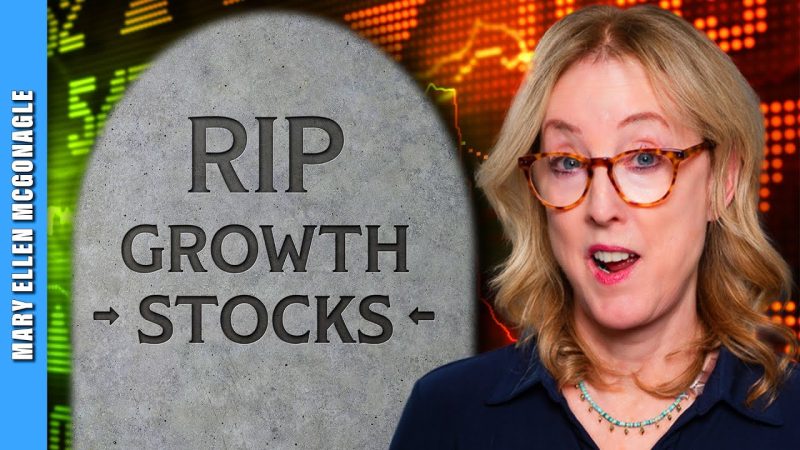In recent market trends, one cannot undermine the relevance of some swirling questions about the fate of growth stocks. As noticed over time, investors’ sentiments play a relevant role in deciding the fate of growth stocks in the financial market. Quite a considerable number of market players are wondering if it’s game over for growth stocks. To clearly delve into the debate, this article focuses on identifying the critical data and its implications for growth stocks.
First, it is vital to understand the concept of growth stocks within the context of investment. Growth stocks often refer to stocks of companies expected to grow at an above-average rate compared to other organizations within the market. They are frequently tech companies or new entrants with innovative products or services, with characteristic features of little or no dividends payout, high Price-to-Earnings (P/E) ratios, and weekend balance sheets. The possibility of exponential growth and the allure of possibly outperforming the market often draw investors to these stocks.
The fears about growth stocks’ impending doom largely stem from recent market trends. There has been a considerable shift in market sentiment towards a less positive view, which is beginning to concern investors. The COVID-19 pandemic, economic downturn, trade tensions, and the escalating rate of inflation have massively impacted growth stocks. Many pandemic-inspired growth stocks are currently struggling to maintain their supercharged returns rates seen early in the pandemic.
Moreover, higher interest rates can significantly impact the value of growth stocks. Higher rates imply a higher discount rate, which ultimately reduces the value of future earnings. In essence, rising rates can thwart the attractiveness of growth stocks and make bonds a more appealing investment alternative.
But this doesn’t necessarily spell doom for growth stocks. Though they may face higher turbulence in uncertain times, they can still offer attractive returns. They thrive amid positive economic trends, given their dependency on business reinvestments for their growth. When the economy is performing well, companies tend to have easier access to capital, lower borrowing costs, and higher consumer spending. This friendly business environment aids the success of growth stocks.
Additionally, growth stocks, especially those in the technological sectors, can be resilient in the face of market downturns. The adoption of digital business models and e-commerce has allowed many growth stocks to maintain strong momentum despite the economic downturn. For instance, the pandemic has forced a drastic shift to digital platforms, largely benefiting the tech sector. As long as these companies continue to innovate and adapt to changing market dynamics, they can still offer an attractive investment option—their ability to deliver above-average returns in the long term remains valid.
Finally, growth stocks exhibit and may continue to show a cyclic pattern characterized by boom and bust periods, all depending on market conditions. The current state of economic recovery might mean tougher times for growth stocks, but the game is far from over. Investors who understand this cyclic pattern will likely remain committed to growth stocks long-term.
In conclusion, it’s not game over for growth stocks. To adapt in these turbulent times, investors may need to reinvent their strategies. A balanced portfolio combining both growth and value stocks can be an ideal route to maintain stability amid the uncertain investment climate. Furthermore, one can navigate these uncertain waters by strategically investing in sectors undeterred by economic downturns, like technology and healthcare, which are known to deliver consistent growth.




